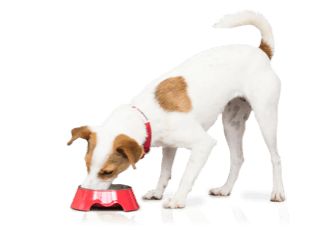
Dog Types
There are many different types of dogs. Find out more about your favourite with our expert guides.

Explore dog types
Displaying 12 of 29 articles
Popular Articles
There are many different types of dogs. Find out more about your favourite with our expert guides.
